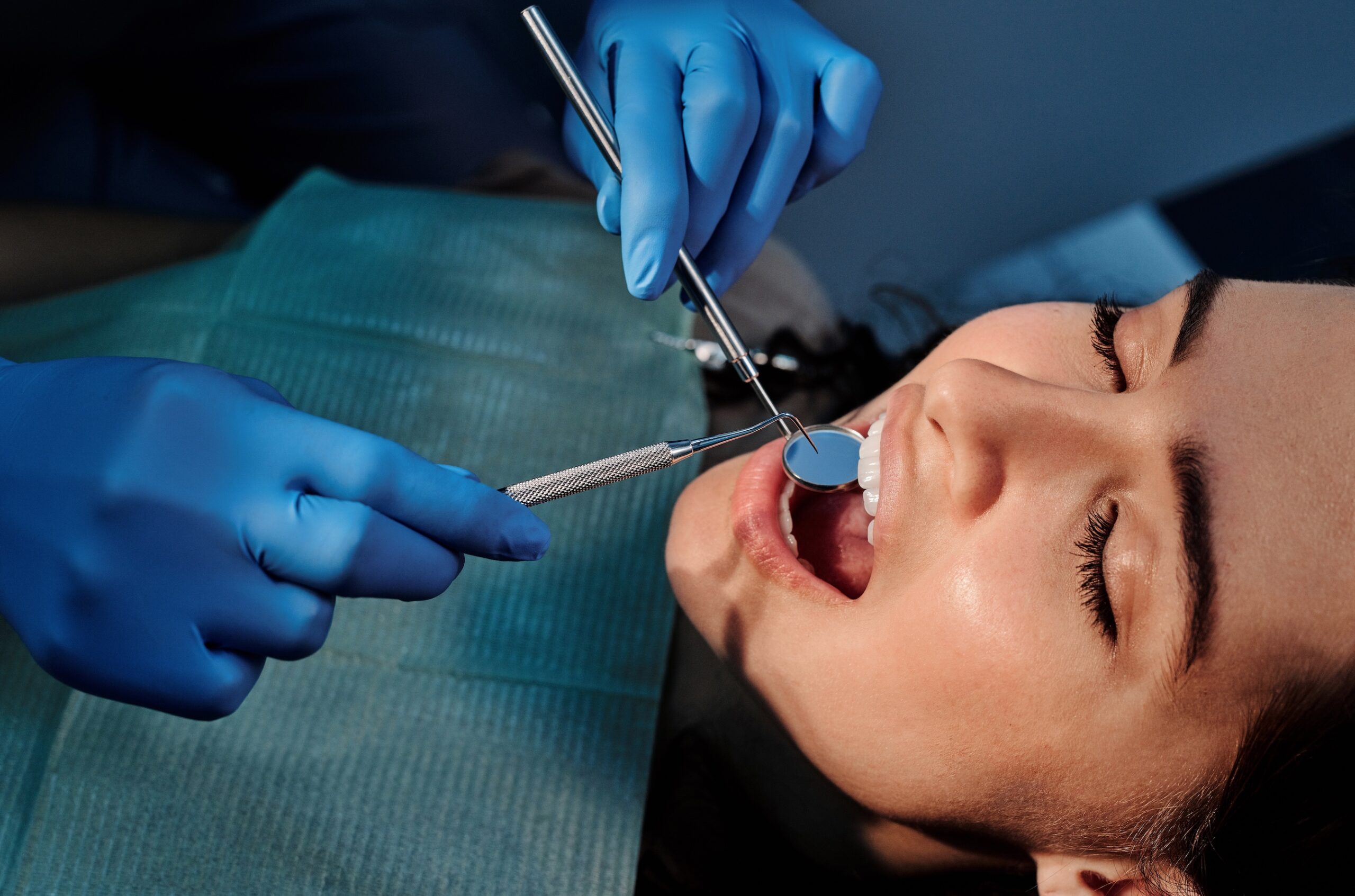Cosmetic Bonding

Restore Broken or Decayed Teeth to Full Beauty and Function
Dental Bonding is one of the easiest and least expensive ways of restoring broken or decayed teeth to full beauty and functioning.
The dental bonding process involves using tooth-colored materials to replace your missing tooth structure. Dental Bonding can also hide teeth that are cosmetically unappealing which often include chips, discoloration, and spacing irregularities.
Achieve Lifelike Results with Composite Resins
Dental Bonding materials, called “composite resins”, will become one with the rest of your tooth during the bonding process. They are made of a mixture of plastic and glass to add strength and translucency.
Composite resins come in realistic tooth shades to help achieve lifelike results. When dental bonding is performed properly, it may be impossible to distinguish the bonded tooth from your natural teeth. Bonding does not last as long as a dental veneer and can often be done without drilling the tooth. Dental bonding is a helpful solution for teens, whose developing teeth are not yet ready for a more permanent type of dental restoration.


The Bonding Process
Because the dental bonding process does not involve dental laboratory work, tooth bonding can usually be accomplished in one single appointment. Patients can expect the procedure to take 30 minutes to an hour.

Cleaning and Etching
First, the surface of your tooth will be cleaned so that it is plaque-free before bonding. The surface will then be “etched” with an acidic gel tp open tiny pores in the surface. When the etching gel is rinsed off, the liquid composite resin is painted on in a well-matched shade, filling the pores to create a durable micromechanical bond.

Layering and Curing
We use a special curing light to harden the cosmetic bonding material after it is applied to your tooth structure. After the first layer is cured, more layers are painted on and cured. The layers will continue to build until we have achieved the necessary thickness for your dental restoration.

Shaping and Polishing
When all of the necessary layers have been applied and cured, the bonding material is then shaped using a dental drill. This process helps to give your new tooth the right form, ensuring that the tooth not only looks great but fits in perfectly with your smile. When the shaping process is complete, it will receive a final polishing.

How to Care for Your Bonded Teeth
When bonding is performed properly, it may be impossible to distinguish the bonded tooth from your natural teeth. Though bonding does not last as long as a dental veneer, it can often be done without drilling your tooth.
Your bonded teeth should be brushed and flossed daily. Be sure to have them professionally cleaned twice per year, just the same as the rest of your teeth.
When caring for your bonded tooth, be mindful that composite resin can absorb stains just as natural teeth can. To prevent stains, you may want to avoid smoking, red wine, coffee and tea to the extent possible.
It is important to understand that if you whiten your teeth after bonding, the bonded tooth might not match the rest. Although the composite can darken, it cannot be lightened. If you are considering having your teeth whitened, get it done before your new tooth is bonded. This way, a composite shade can be selected to match the color of your whitened natural teeth.
Treat your bonded teeth with care. Avoid biting your nails, holding utensils in your mouth, or using your teeth in other strenuous ways that could put excessive force on the bonding material which causes chipping.
Bonded teeth are a durable replacement for missing teeth. With proper care, a bonded tooth should stay functional and aesthetically appealing for up to ten years.
